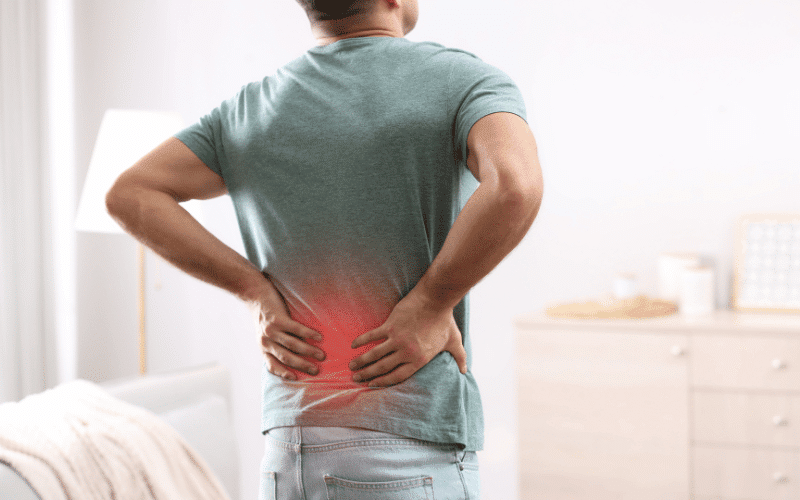Introduction: The Importance of Knowing the Difference
Kidney pain and back pain can often be mistaken for each other, making it challenging for individuals to pinpoint the source of their discomfort. Understanding the differences between these two types of pain is crucial, as they require distinct treatment approaches. In this article, we will delve into the ten essential differences between kidney pain and back pain, helping you recognize the causes, symptoms, and treatment options for each condition.
The ability to differentiate between kidney pain and back pain is vital because it can impact your overall health and well-being. Properly identifying the source of your pain can lead to a more accurate diagnosis, ensuring that you receive the most effective treatment plan for your specific needs. With this in mind, let’s begin our exploration of the 10 key differences between kidney pain and back pain.
Difference 1: Location of Pain

Kidney Pain: Pinpointing the Source
Kidney pain is often localized in the upper abdomen or the lower back, specifically below the ribcage. It can sometimes be felt on one or both sides of the body, depending on the underlying cause. The pain may radiate towards the front of the abdomen or the groin area, further complicating the identification process. Being mindful of the specific location of your pain is crucial in determining if it’s kidney-related.
Additionally, the location of the pain can provide valuable clues about the cause of the kidney pain. For example, pain on one side could indicate a kidney stone or an infection in one of the kidneys, while pain on both sides may suggest a more systemic issue, such as polycystic kidney disease. In any case, a thorough evaluation by a healthcare professional is necessary to pinpoint the exact cause and develop an appropriate treatment plan.
Back Pain: Understanding the Area of Discomfort
In contrast, back pain is generally felt in the lower back or lumbar region. This type of pain can be experienced as a dull ache, sharp pain, or even a burning sensation. It may extend to the buttocks, legs, or even the feet, making it more difficult to distinguish from other types of pain. Unlike kidney pain, back pain is not usually felt in the upper abdomen or below the ribcage.
The location of back pain can also be indicative of its cause. For instance, pain in the lower back could be due to muscle strains or spasms, herniated discs, or spinal stenosis. On the other hand, pain in the middle or upper back may be related to poor posture, muscle imbalances, or arthritis. A comprehensive assessment by a healthcare provider is essential to determine the underlying cause and devise a suitable treatment plan. (1)